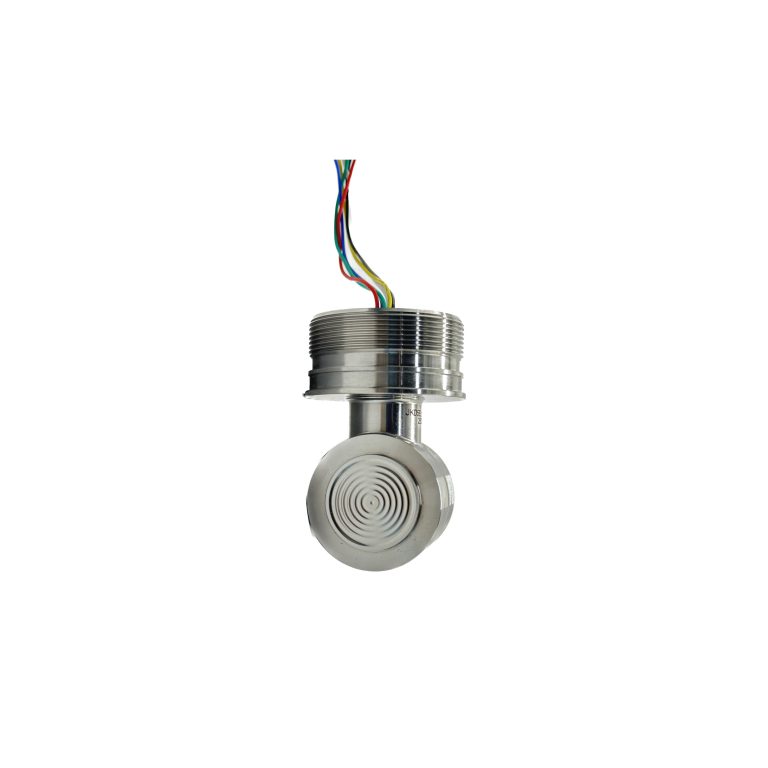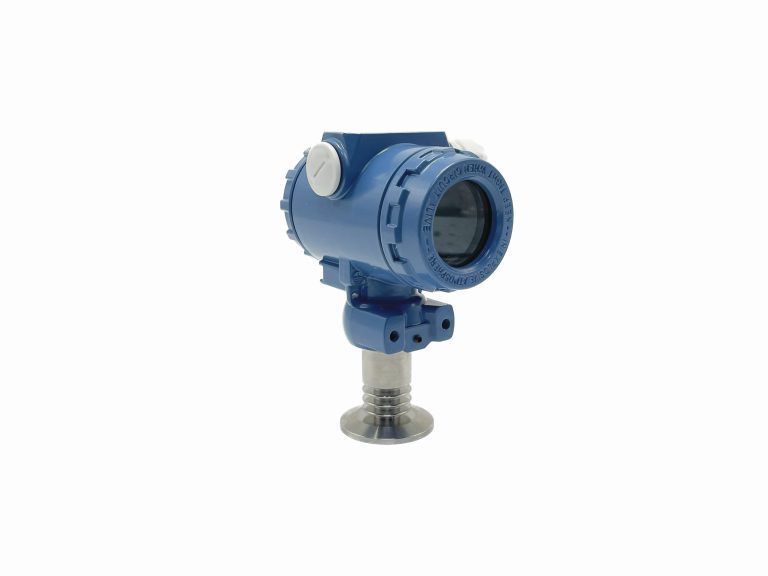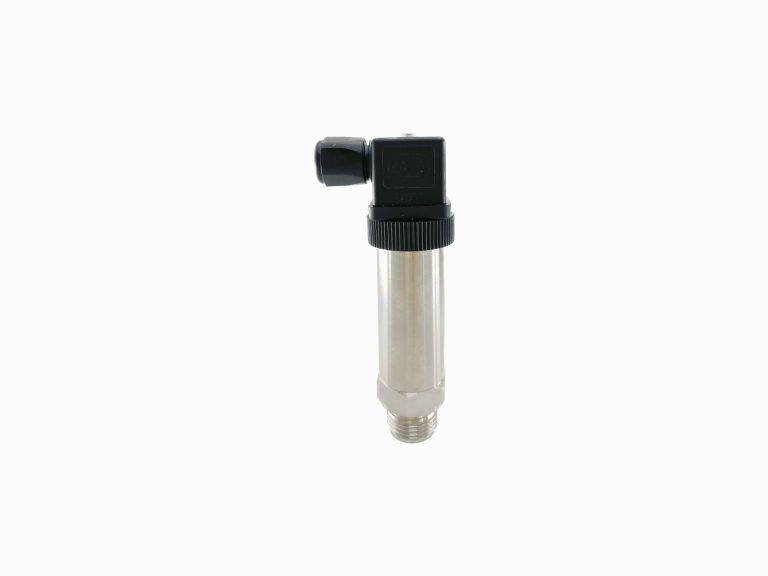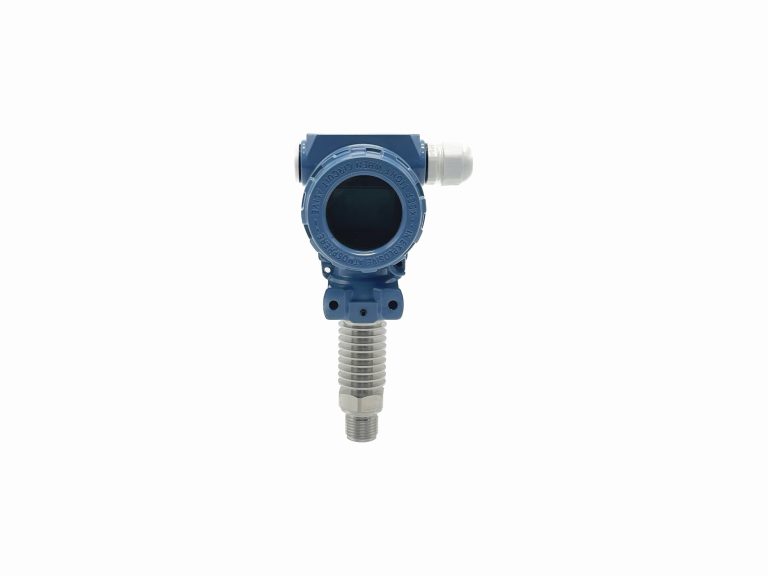Understanding the Principle of Pressure Transducers
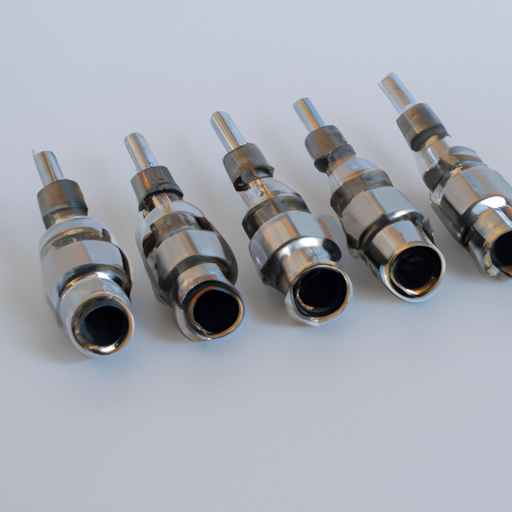
Pressure transducers are essential devices used in various industries to measure and monitor pressure levels. They play a crucial role in ensuring the safety and efficiency of many processes. Understanding the principle behind pressure transducers is vital for anyone involved in the selection, installation, and maintenance of these devices. At its core, a pressure transducer is a sensor that converts pressure into an electrical signal. This signal can then be measured and analyzed to determine the pressure being exerted on the transducer. The principle behind this conversion lies in the use of a sensing element, which undergoes a physical change when subjected to pressure. The most common type of sensing element used in pressure transducers is a strain gauge. A strain gauge is a thin strip of metal that deforms when pressure is applied to it. This deformation causes a change in the electrical resistance of the strain gauge, which can be measured and correlated to the pressure being exerted. To ensure accurate measurements, pressure transducers are often calibrated using known pressure standards. This calibration process involves applying a known pressure to the transducer and comparing the output signal to the expected value. Any discrepancies can then be adjusted to improve the accuracy of the transducer. Pressure transducers can be categorized into two main types: absolute and gauge. Absolute pressure transducers measure pressure relative to a perfect vacuum, while gauge pressure transducers measure pressure relative to atmospheric pressure. Both types have their specific applications and are chosen based on the requirements of the system. In addition to the sensing element, pressure transducers also consist of other components that enable their operation. These include an amplifier, which amplifies the electrical signal from the sensing element, and a signal conditioning circuit, which filters and processes the signal for further analysis. Some pressure transducers also incorporate temperature compensation to account for changes in temperature that may affect the accuracy of the measurements.
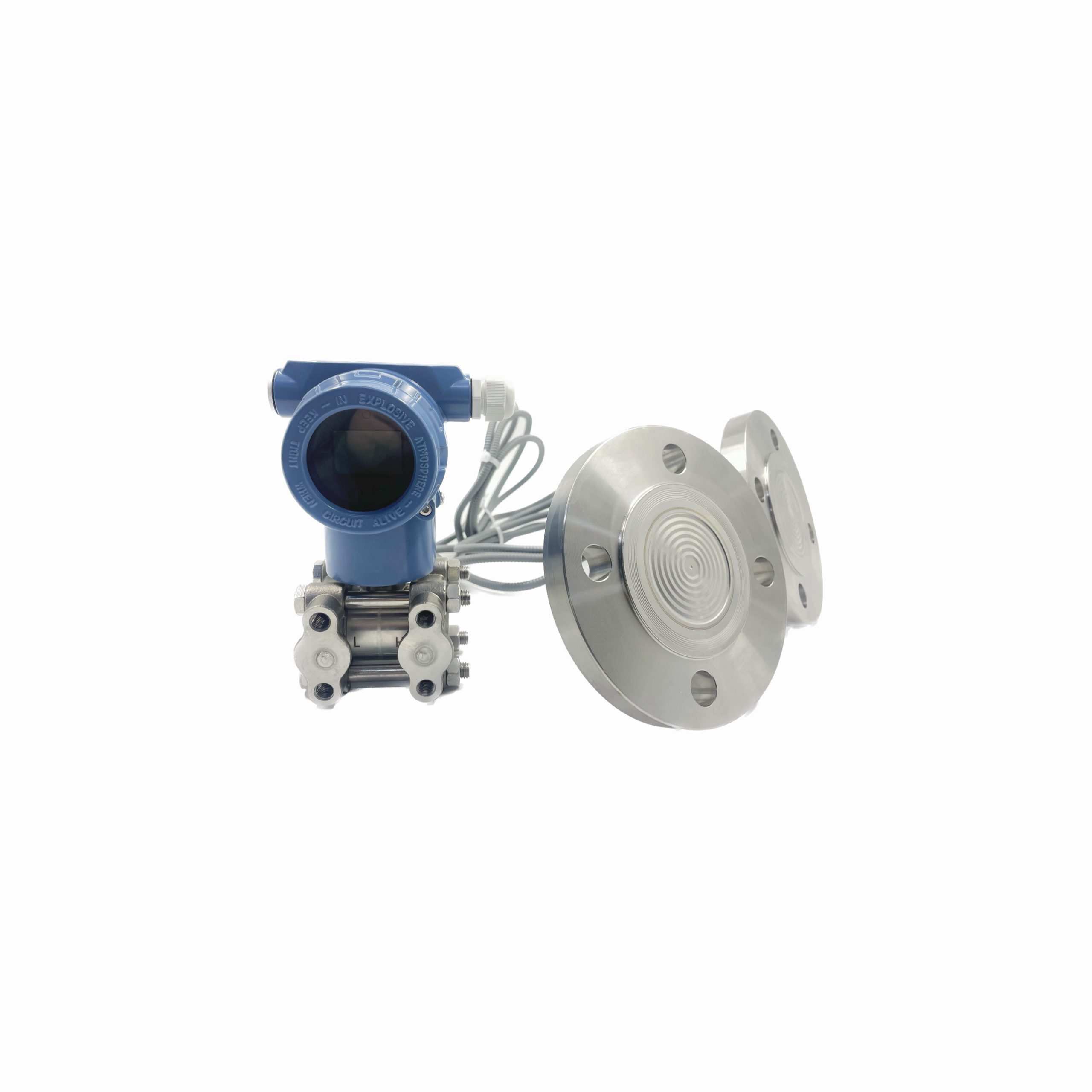
| Measuring medium | Gases, vapours, liquids |
| Inaccuracy | ±0.075% |
| stability | ±0.1%/3 years |


